Adjoint-based Stress Identification via Material Tensor Reconstruction in Membrane Structures using Displacement or Strain Measurements
Please login to view abstract download link
With their flexible and lightweight properties, membrane structures are increasingly used in various engineering applications, including roofing, tents, and canopies. However, accurately predicting their mechanical behavior remains a challenge due to the significantly high uncertainty in their material properties. Differences in weaving patterns, coatings, environmental effects, and aging lead to deviations in the constitutive tensor, making conventional stress analysis unreliable. As a result, directly computing stresses from strain or displacement measurements using standard material models can lead to incorrect results. Therefore, rather than assuming a fixed material model, we propose an adjoint-based approach to reconstruct the stress field by identifying the material tensor directly from measurements. The method is formulated as an optimization problem, where the objective is to minimize the discrepancy between simulated and measured responses. Adjoint-based sensitivities are employed to efficiently compute the gradients of the cost function with respect to the material parameters, allowing for systematic identification of the constitutive tensor. We start with a reduced set of parameters and progressively increase the complexity, ultimately aiming to determine all relevant tensor components. Similar adjoint-based approaches have been successfully applied in structural health monitoring (SHM) for damage detection [1] and thermal field identification [2]. To address ill-conditioning, regularization techniques such as Vertex Morphing are explored to stabilize the optimization process. Additionally, the influence of sensor type and placement on the accuracy of stress identification is investigated. The effectiveness of the approach is demonstrated through multiple numerical examples, highlighting its ability to reconstruct stress fields from limited displacement or strain sensor data. By leveraging a physics-based inverse analysis, this method provides a new pathway for improving the reliability of stress predictions in membrane structures. It has the potential to enhance structural health monitoring and performance assessment, particularly in cases where material properties are unknown or evolve over time. [1] Löhner, R., Airaudo, F., Antil, H., Wüchner, R., Meister, F., & Warnakulasuriya, S. (2024). High-fidelity digital twins: Detecting and localizing weaknesses in structures. International Journal for Numerical Methods in Engineering, 125(21), e7568

